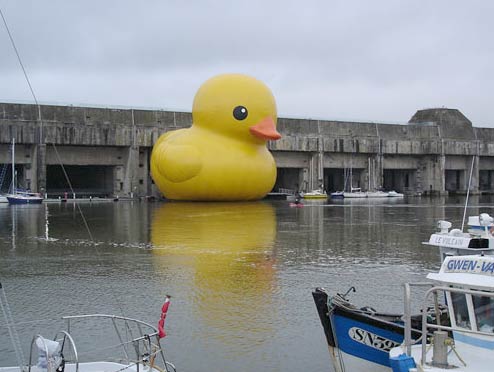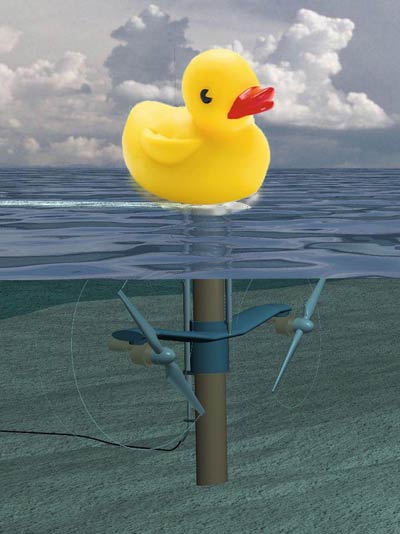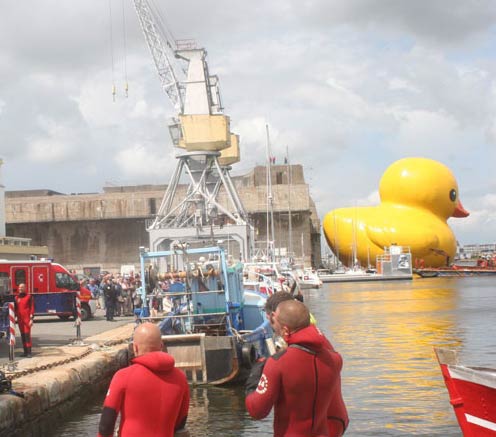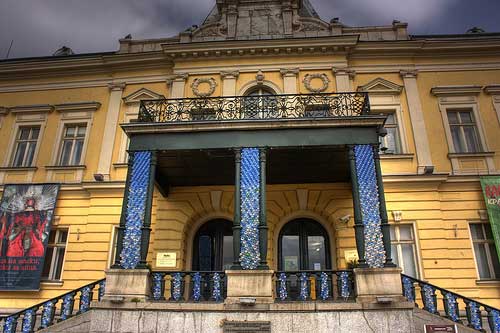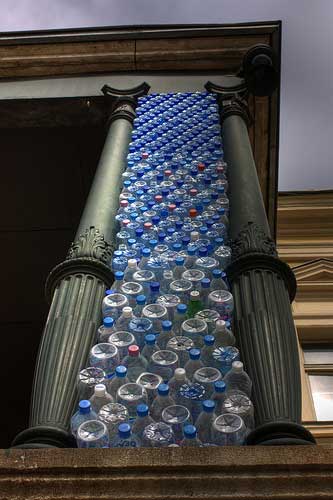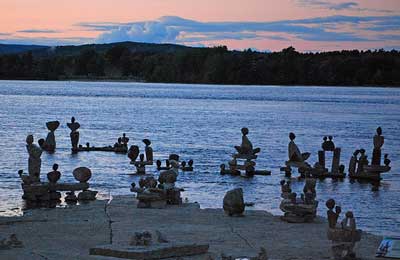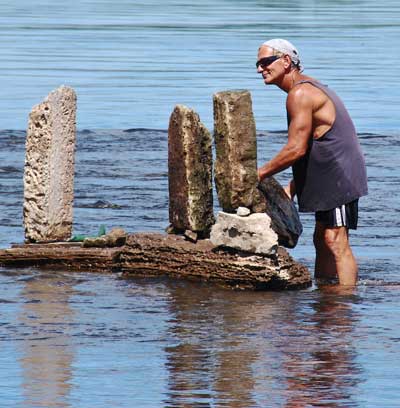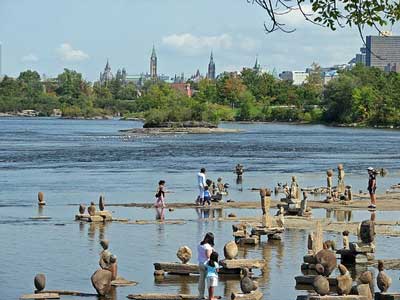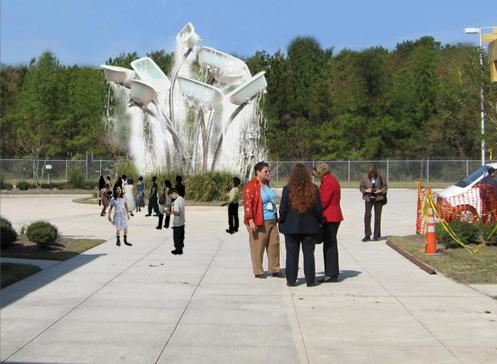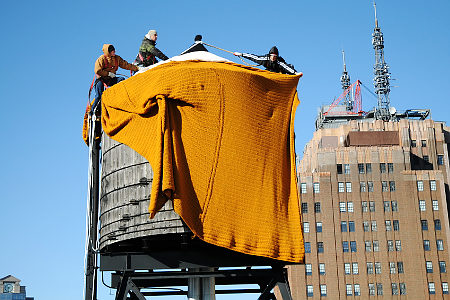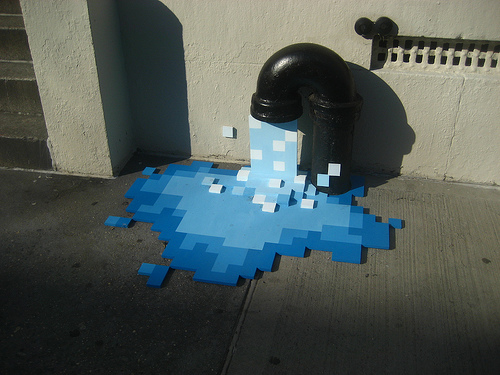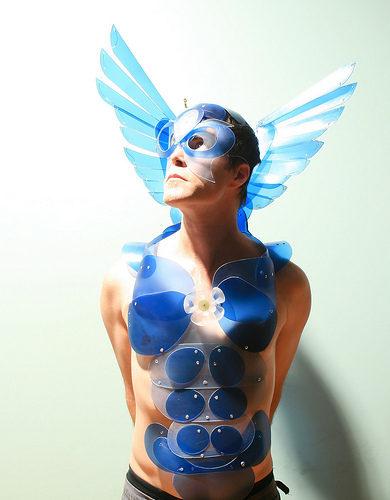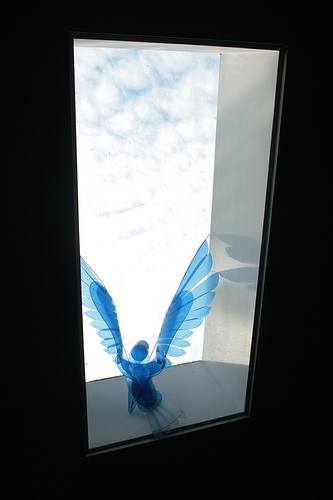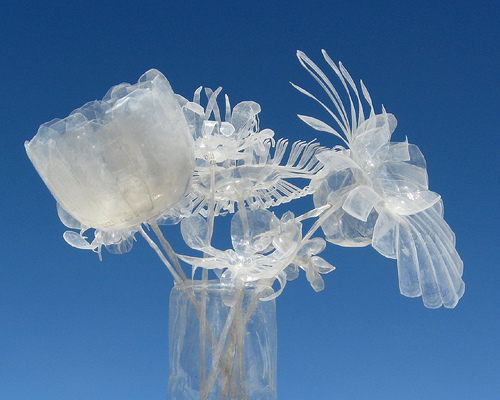Clean Renewable Rubber Ducky Power
Some outside-the-tub thinking: I found this HUGE fella who’s cute, yellow, and chubby! The artist Florentijn Hofman, well known in his native Holland and throughout Europe, created an actual 100-foot long rubber ducky for ‘Loire Estuary 2007,’ an outdoor contemporary art exhibition in France
OK, so here’s my million-dollar idea©: WHY can’t we put this guy in touch with a group working on tidal energy generation? How cool would it be to have have hundreds of these bobbing in the sea, generating clean renewable power while delighting the populace? How ’bout that, Earth Day celebrants?
Sustainable awesomeness. Just another reason why science and art should knock heads now and then!
But I digress. Here’s a charming description of the work from the artist’s website
A yellow spot on the horizon slowly approaches the coast. People have gatherd and watch in amazement as a giant yellow Rubber Duck approaches. The spectators are greeted by the duck, which slowly nods its head. The Rubber Duck knows no frontiers, it doesn’t discriminate people and doesn’t have a political connotation. The friendly, floating Rubber Duck has healing properties: it can relieve mondial tensions as well as define them. The rubber duck is soft, friendly and suitable for all ages!

